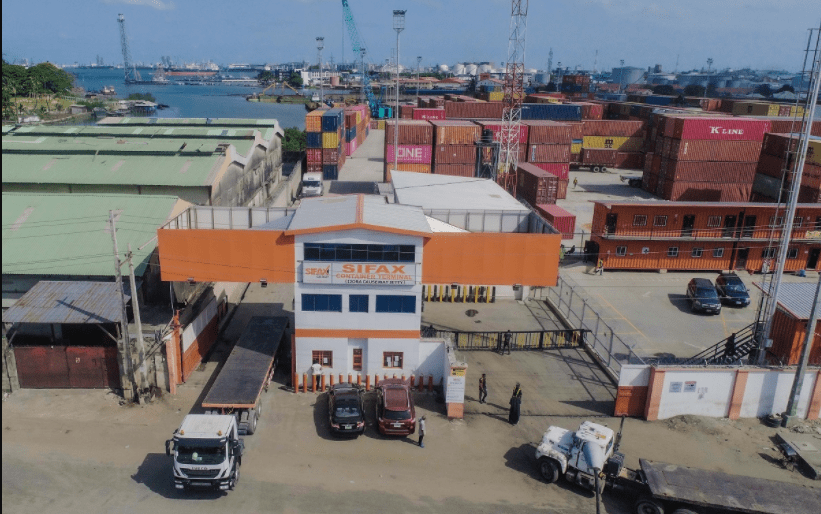SIFAX Inland Container Terminal has recorded over 33,500 TEUs in its first year of operations.
Head of Terminal, SIFAX ICT, Paul Van den Linden, while presenting the score card, said the growth of the terminal in the last one year was due to the smart solutions and excellent service of the company.
He said, “In the last one year, the terminal has recorded great strides in line with its core objectives of offering clients a smart alternative in cargo clearing around the Lagos ports. Our clients don’t have to go through the stress of traffic gridlock to clear their goods. Our terminal has saved them the stress.
“For our first year of operations, the terminal has recorded 33,500 TEUs of cargo processed. These include 22,000 TEUs of full-laden containers, 10,000 TEUs of empty containers and 1,500 TEUs of export containers. This was achieved due to our solid investment in technology, responsive customer care as well as a motivated work force”.
Linden also said the terminal’s customer base has risen to over 600, including agents, importers and exporters. He noted further that the company has launched a reefer container business to support farmers who are exporting temperature-sensitive produce.
“The terminal is also playing comfortably in the reefer container space. We now have a solution where we pick temperature-sensitive produce directly from farms across the country to our terminal in Lagos, from where we ship them abroad in excellent condition,” he said.
On the terminal’s future plans, Linden said the growth of the company in the last one year has necessitated an expansion of its facilities with the acquisition of adjoining properties, which are currently being reconstructed to cope with the surge in demand. He said the current capacity of the terminal, which stands at 15,000 square meters, will be increased to 83,000 square meters when the ongoing expansion work is completed.
Other projects in the terminal’s future plan include building of a strong quay in readiness to berth feeder vessels, as well as the purchase of more cargo handling equipment and a transit park for trucks using the facility.
Copyright Ships & Ports Ltd. Permission to use quotations from this article is granted subject to appropriate credit given to www.shipsandports.com.ng as the source.

